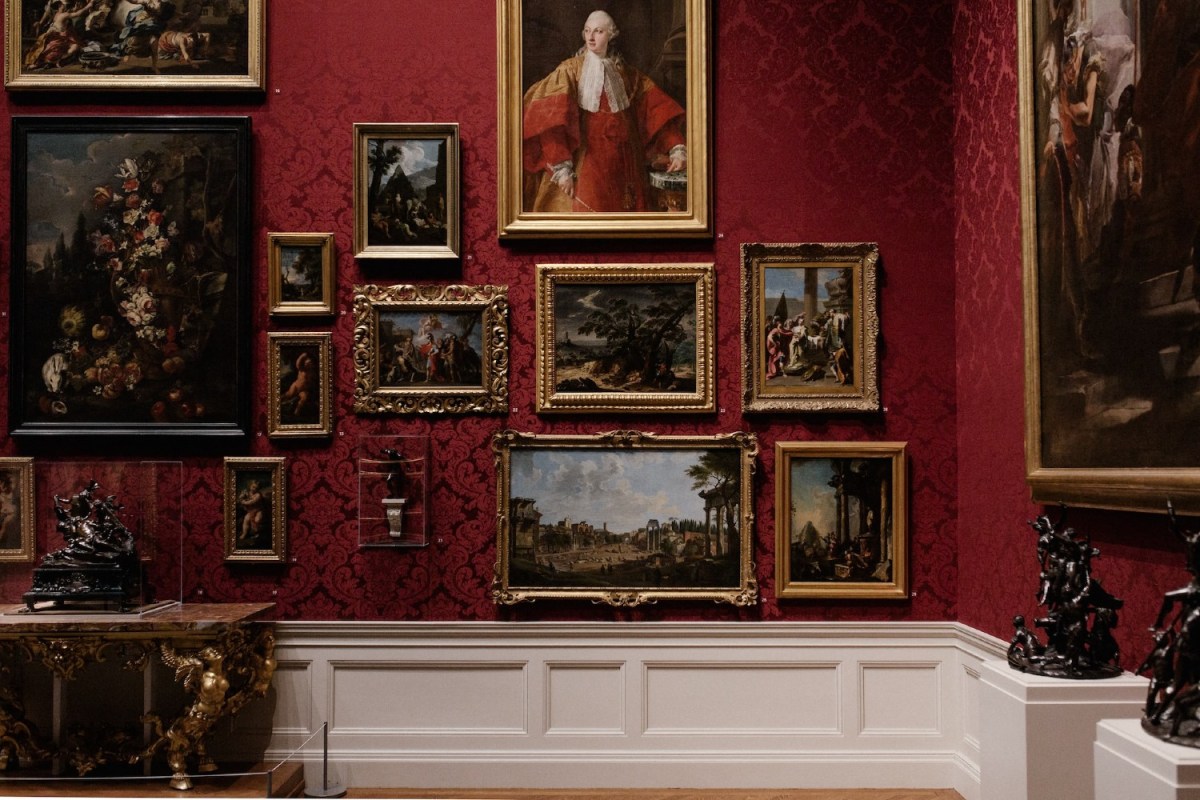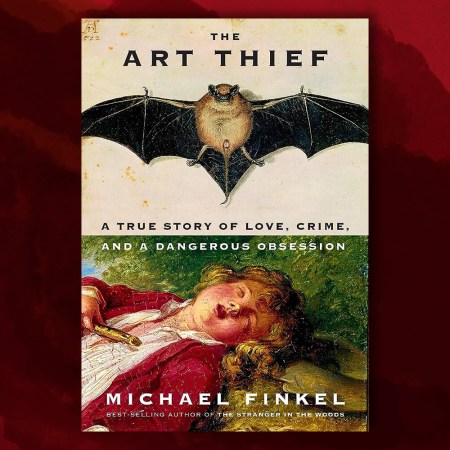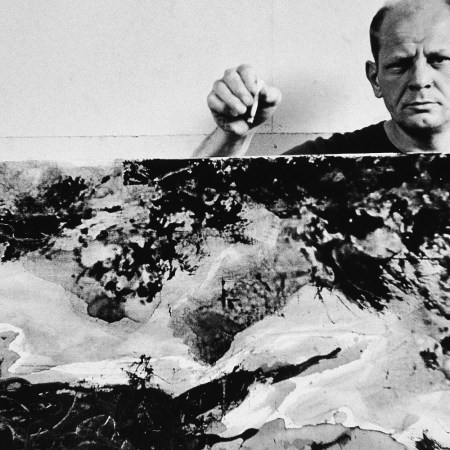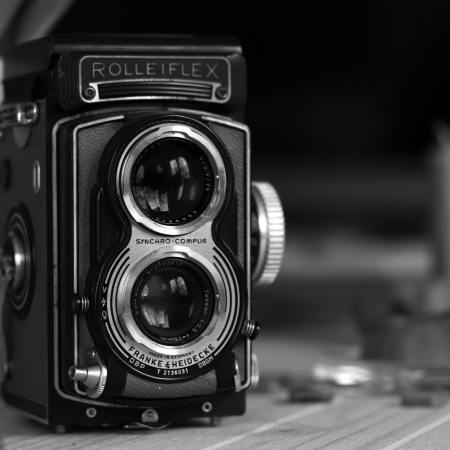There are, unfortunately, plenty of ways in which the art world and that of true crime can converge. These include, but are in no way limited to art forgers, Ponzi schemes, dealers selling the same work of art to multiple buyers and outright theft of in-demand works of art, whether from private collectors or museums.
An ongoing lawsuit that oligarch Dmitry Rybolovlev filed against the auction house Sotheby’s raises some larger questions about crimes in the art world and whose responsibility preventing them is. As Colin Moynihan reported earlier this week for the New York Times, Rybolovlev has argued that Sotheby’s should have done a better job of advising him, while Sotheby’s has contended that Rybolovlev and his team didn’t pay close enough attention to the deals being made.
As ARTnews’ David Cassidy pointed out in an article on the trial, the lawsuit has plenty to offer anyone looking for tips that suggest that their art adviser is not on the level. Cassidy noted the testimony of Robert Wittman, best known as the founder of the FBI’s Art Crime Team. Much of it sounds fairly practical — Wittman warned that unrealistic promises made by an agent could be a red flag, as can the involvement of multiple third parties.
What Does It Take to Become an A-List Art Forger?
Copying a painting can have its (legal) upsideAt issue is the involvement of one Yves Bouvier, who reportedly purchased certain works of art himself before reselling them to Rybolovlev. (Rupert Neate at The Guardian has a good overview of the case.) It’s less clear what the ramifications of this case will be in the art world — but it might just make some deep-pocketed buyers a little more careful about how they spend their money.
This article appeared in an InsideHook newsletter. Sign up for free to get more on travel, wellness, style, drinking, and culture.



















